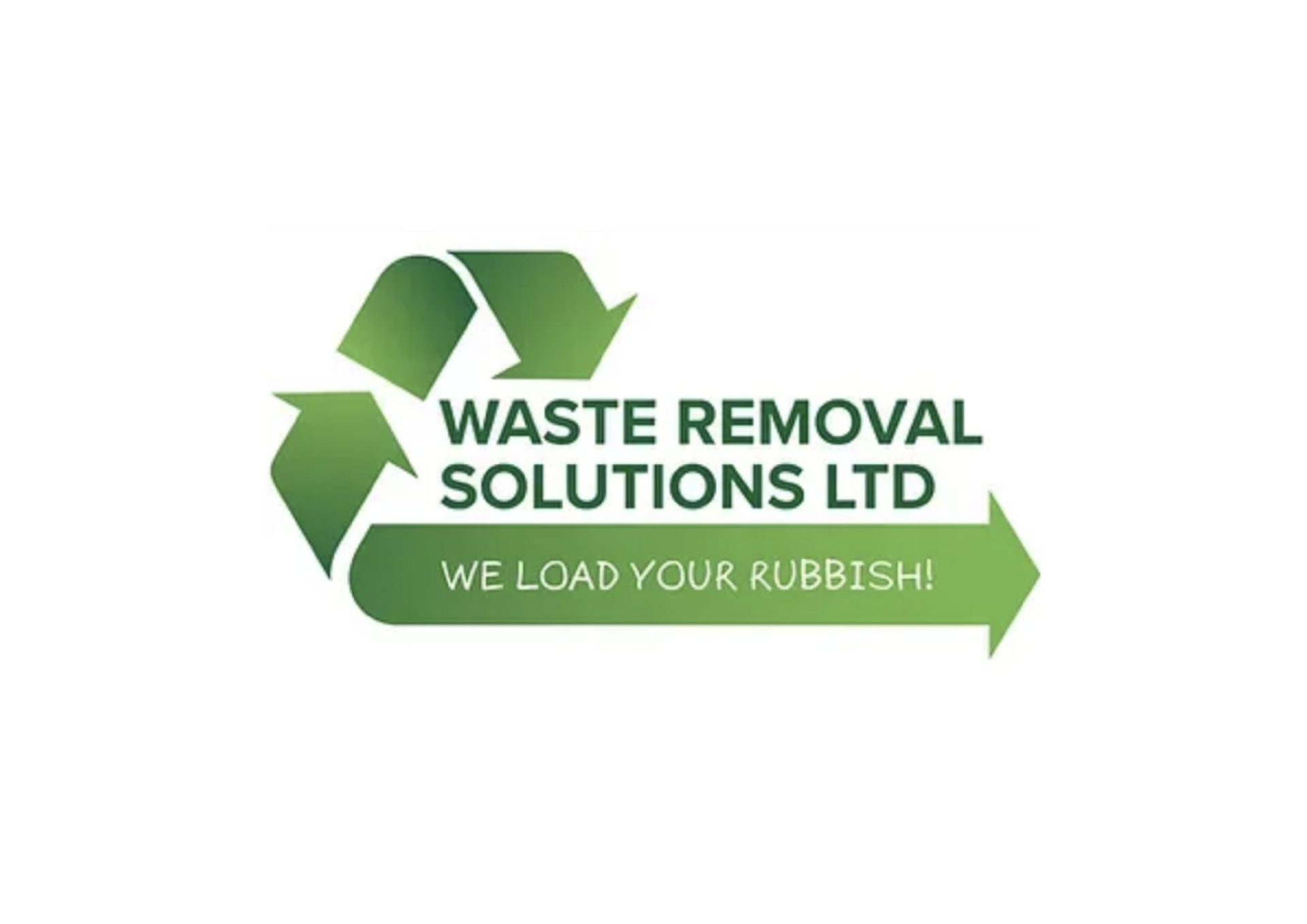In today’s world, recycling and reusing household items is more important than ever. With increasing awareness of environmental issues and the need to reduce waste, finding ways to give new life to common items can significantly impact the planet. Not only does recycling help conserve natural resources, but reusing items also reduces the demand for new products, saving energy and reducing pollution. Here’s a guide on how to recycle and reuse some of the most common household items.
Paper and Cardboard
Paper and cardboard are among the most recyclable materials found in households. Newspapers, magazines, cardboard boxes, and even junk mail can be recycled easily. Most local councils provide recycling bins specifically for paper products. Before recycling, ensure that the paper is clean and dry, as soiled paper cannot be recycled effectively.
For reuse, consider turning old newspapers into wrapping paper or using cardboard boxes for storage or DIY projects. Cardboard tubes from toilet rolls or paper towels can be repurposed into organisers for cables or craft projects for children.
Glass Jars and Bottles
Glass jars and bottles are highly recyclable and can be endlessly recycled without losing quality. Rinse them out and place them in your glass recycling bin. Be sure to check if your local recycling programme requires you to separate glass by colour.
To reuse, glass jars are incredibly versatile. They can be used as storage containers for pantry items like rice, pasta, or spices. They also make great containers for homemade jams, pickles, or candles. Glass bottles can be turned into vases, or, with a bit of creativity, into decorative lamps.
Plastic Containers
Plastic containers, such as those used for food storage, bottles, and packaging, are ubiquitous in households. While many plastic items are recyclable, it's important to check the recycling symbols on the packaging to ensure they can be processed by your local recycling programme. Plastics are typically separated by type, so it’s crucial to follow local guidelines.
For reuse, plastic containers can serve a variety of purposes. Use them for organising small items like screws, buttons, or craft supplies. Larger containers can be repurposed for storage in the garage or garden. Plastic bottles can be cut and transformed into planters or bird feeders.
Metal Cans
Aluminium and steel cans, commonly used for food and beverages, are highly recyclable. Clean them out and remove any labels before placing them in the recycling bin. Recycling metal conserves energy and resources, making it a vital part of waste reduction efforts.
If you’re looking to reuse metal cans, they can be turned into a range of useful items. Cleaned and painted cans can be used as planters, utensil holders, or even as decorative lanterns. With a bit of DIY effort, they can also be transformed into small storage containers or desk organisers.
Textiles and Clothing
Textiles and clothing are often overlooked when it comes to recycling, yet they make up a significant portion of household waste. Many charity shops and clothing banks accept gently used clothes and textiles. Some councils also offer textile recycling services for items that are too worn to be reused.
For reuse, consider upcycling old clothes into new items. For example, old t-shirts can be cut into cleaning rags or sewn into tote bags. Jeans can be repurposed into cushion covers or turned into durable bags. With some creativity, textiles can have a new lease on life as unique, handcrafted items.
Electronics and Batteries
Electronic waste, including old phones, computers, and batteries, should never be disposed of in regular household bins due to the harmful chemicals they contain. Many local councils and retailers offer special recycling programmes for electronic waste, ensuring these items are disposed of safely and responsibly.
Reusing electronics can be a bit more challenging but worthwhile. Old smartphones can be repurposed as dedicated music players or security cameras with the right apps. Computers can be donated to charities or refurbished and given to schools. Even small parts like wires and components can be reused for DIY electronics projects.
Food Waste
While not an item to recycle in the traditional sense, food waste is a significant contributor to household rubbish. Composting is an excellent way to recycle food scraps like vegetable peels, fruit cores, and coffee grounds. Composting not only reduces the amount of waste sent to landfills but also produces rich, organic material that can be used to fertilise gardens.
Reusing food scraps is another way to minimise waste. For example, vegetable scraps can be used to make homemade broth, and overripe fruits can be turned into smoothies or baked goods. Leftovers can often be creatively transformed into new meals, reducing the need for additional groceries.
Conclusion
Recycling and reusing common household items is not only beneficial for the environment but also offers a creative outlet and a way to save money. By understanding how to properly recycle and finding innovative ways to reuse everyday items, you can play a significant role in reducing waste and promoting sustainability in your household. Every small action contributes to a larger impact, making a cleaner, greener future possible.







